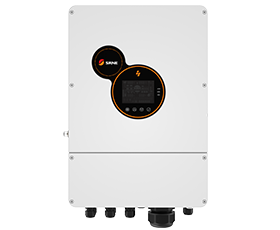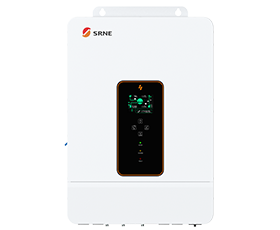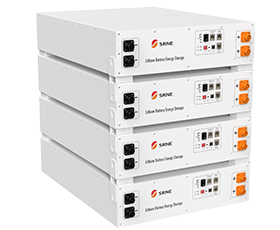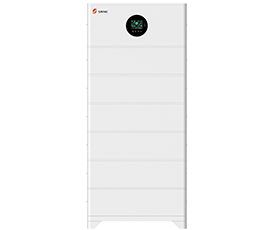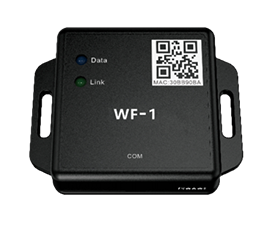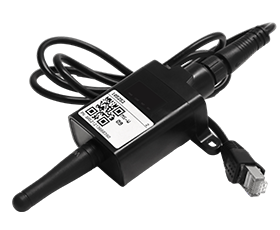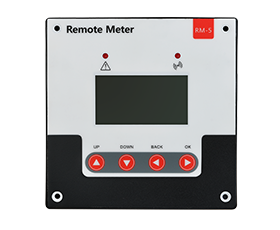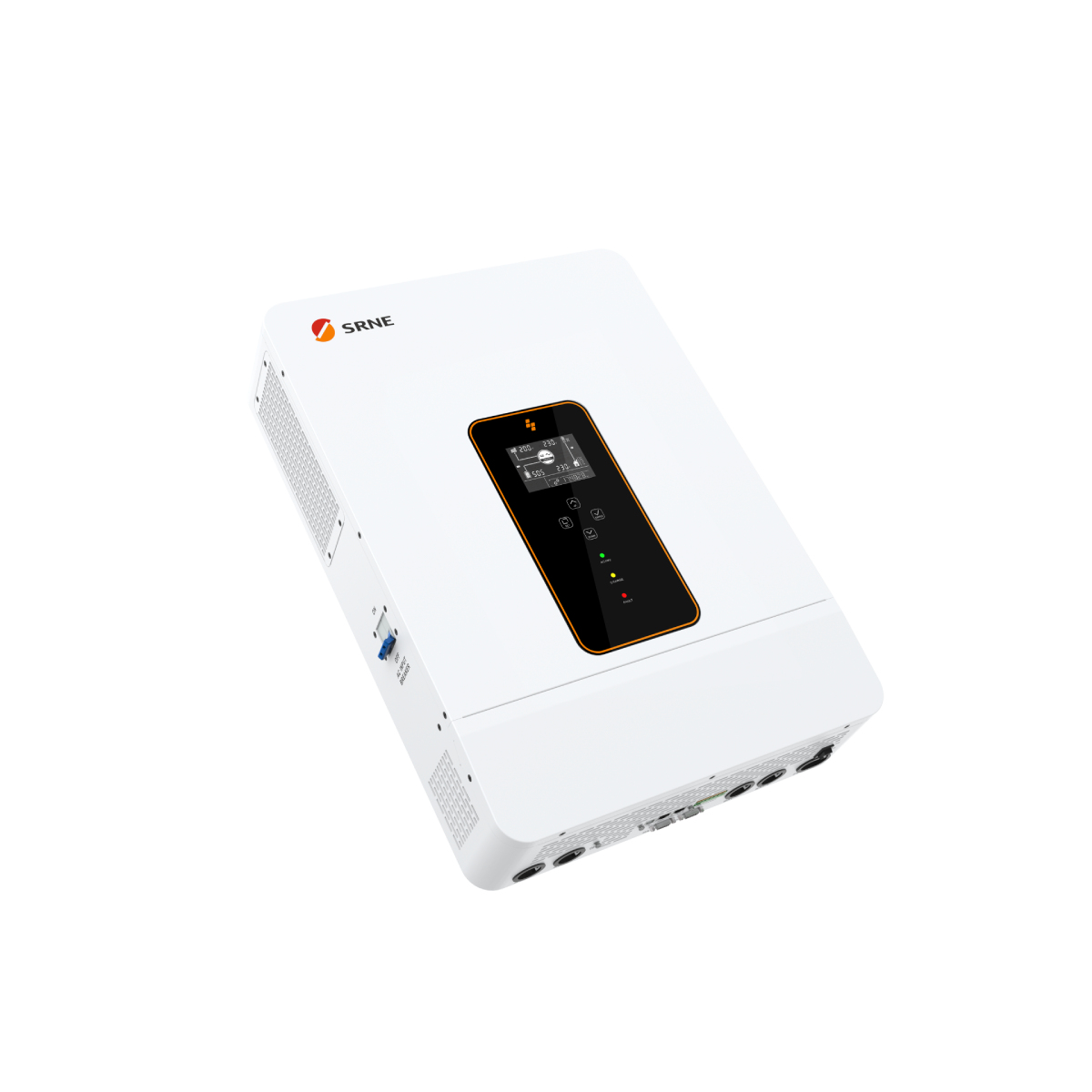Home Solar System,Photovoltaic Power Generation for Home
Photovoltaic power generation refers to converting the sunlight to electricity by solar panel on the basis of photovoltaic effect. Photovoltaic power generation system consists of solar panel, solar charge controller and inverter which are made up of electron components. Therefore, photovoltaic power generation system is dependable and durable with simple and convenient installation and maintenance. Theoretically, photovoltaic power generation technology can be applied to any conditions that need power supply, such as spacecraft, household appliances, megawatt power station or even toys.
1、The definition
Solar power generation divides into solar thermal power generation and solar photovoltaic power generation. The latter is better than the former in production and sales volume, development speed and development prospect. Generally speaking, when people talk about solar power generation, they are referring to the photovoltaic power generation.
2、The theory
The conversion of solar power refers to the process of converting the photons into electricity through the semiconductor materials, which is as known as photovoltaic effect. The solar panel is manufactured based on this effect.
When the sunlight shines on the semiconductor, part of the sunlight will be reflected and the rest of it will be absorbed by the semiconductor. Part of the light that is absorbed will turn into thermal energy. The other photons will collides with valence electron and then electron hole pair will be generated. Therefore, the thermal energy will convert into electricity by the way of generating the electron hole pair.
3、The types
Solar power generation system divides into off-grid solar power generation system and grid-connection solar power generation system.
(1) Off-grid solar power generation system consists of solar panel, solar charge controller and storage battery. The inverter needs to be installed if the system supplies power to the load.
(2) Grid-connected solar power generation system means that the direct current generated by solar modules is converted into alternating current that meets the requirements of the mains grid through a grid-connected inverter, and then directly connected to the public grid.
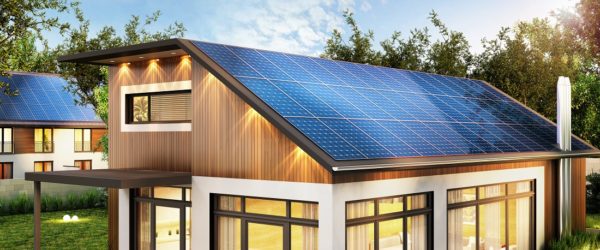
Grid-connected power generation systems are matched with centralized large-scale grid-connected power stations, which are generally national-level power stations. The main feature is that the generated energy is directly transmitted to the power grid, and then be allocated to the users. However, this kind of power station requires huge investment, a long construction period and large area, making it difficult to realize.
Distributed small grid-connected power generation systems, especially the integrated power generation systems, are the mainstream of grid-connected power generation systems due to the advantages of small investment, short construction period, small occupied area and strong policy support.
4、The components
Solar power system for home consists of solar panels, solar charge controller and storage battery. Inverter is needed if the output power source has access to 220V or 110V alternating current.
Solar Panel
As the core of solar power system, solar panel converts the sunlight to electricity and output direct current to the storage battery. The conversion efficiency and lifepan of solar panel is very important. The design of module is in accordance with IEC:1215:1993 standard. The module is made up of thirty-six or seventy-two polycrystalline silicon solar panels in series, which can be applied to all kinds of household photovoltaic power generation systems, separate photovoltaic power stations and grid-connection photovoltaic power stations.
Solar Charge Controller
Features:
(1) Adopts singlechip and specialized software to realize the intelligent control.
(2) Accurate discharge control on the basis of discharge rate of storage battery.
(3) The controller protects battery from overcharge, overdischarge, short-circuit, overload and reverse connection. The protection function will do no harm to any components.
(4) The controller adopts tandem type PWM charging main circuit. The voltage loss is half of the loss of charging circuit that adopts diode. Besides, the charging efficiency is 3%-6% higher than the non-PWM charging main circuit and the discharge time is increased. The controller also has the function of high-precision temperature compensation.
(5) User can know about the service condition through LED which indicates the battery working status.
(6) The controller adopts industrial grade chip so that it can function well in the cold or hot or humid environment. Besides, it adopts crystal oscillator to ensure the accuracy of timing control.
(7) The solar charge controller stops using the potentiometer to adjust the control point and adopts EEPROM memory to record all the working control point and digitalizes the settings.
(8) The solar charge controller adopts digital LED display and one-click operation, which regulates the working conditions of the whole system and protects the battery from overcharge and overdischarge. The controller is supposed to have the function of temperature compensation in the regions with large temperature difference. Solar street light controller that is light-operated and time-controlled is needed to be installed in the solar street light system.
Storage battery
Storage battery will reserve the electricity from solar panel when there is sunlight and release it when it is needed. Generally, there are four types of solar storage batteries. They are lead-acid maintenance-free storage battery, general lead-acid storage battery, gel storage battery and alkaline nickel-cadmium storage battery. In China, the lead-acid maintenance-free storage battery and gel storage battery are widely used because they are maintenance-free and environmentally friendly. They are suitable for the solar power systems which are installed in the non-attended stations.
Inverters
(1) The solar power generation system is safe, dependable, noiseless and nonradiative. It doesn’t need fuel and has no mechanical components. Therefore, the fault rate is low and the service life is relatively long.
(2) The system is environmentally-friendly and shapely. The construction of the system is not restricted by the geographic position. Besides, the construction period is short.
(3) The system requires low cost for disassembly and damage and can be conveniently combined with buildings. There is no need to pre-bury transmission lines, thus avoiding damage to vegetation and the environment and saving the engineering costs when laying cables across long distances.
(4) With stable voltage and high-quality power supply, it is widely used in various electrical equipment. It is very suitable for rural, farm, mountain, island, highway and other remote regions. It is also an excellent emergency backup power supply.
The factors that should be considered in the photovoltaic power generation
Only when we get the accurate information can we determine the installation method, minimum efficiency, specification(The effective generating energy quantity must be larger than the load energy consumption.), battery capacity, performance and control mode. The performance and cost of separate photovoltaic power system will be affected if we estimate the relevant factors by mistake.
(1) Geographic position: site, latitude, longitude and altitude.
(2) Meteorological condition: solar radiation quantity of each month; direct radiation quantity(sunlight percentage); annual average temperature; the longest continuous rainy days; maximum wind speed; hail and snow condition.
(3) Maximum load capacity: everyday working time and average energy consumption of load; working time of load in continuous rainy days.
(4) The alternating load can not function normally until there is an inverter because the output current of solar array is direct current. Due to that, the energy loss of solar power will be larger, thus the required solar panel should be larger. Finally, it leads to the rise of the cost of solar power system.
(5) Alternating load needs to be matched with larger solar panels. Different loads need different inverters. The transportation of lead acid batteries is also restricted. The above factors will lead to the rise of the cost of solar photovoltaic products.





















